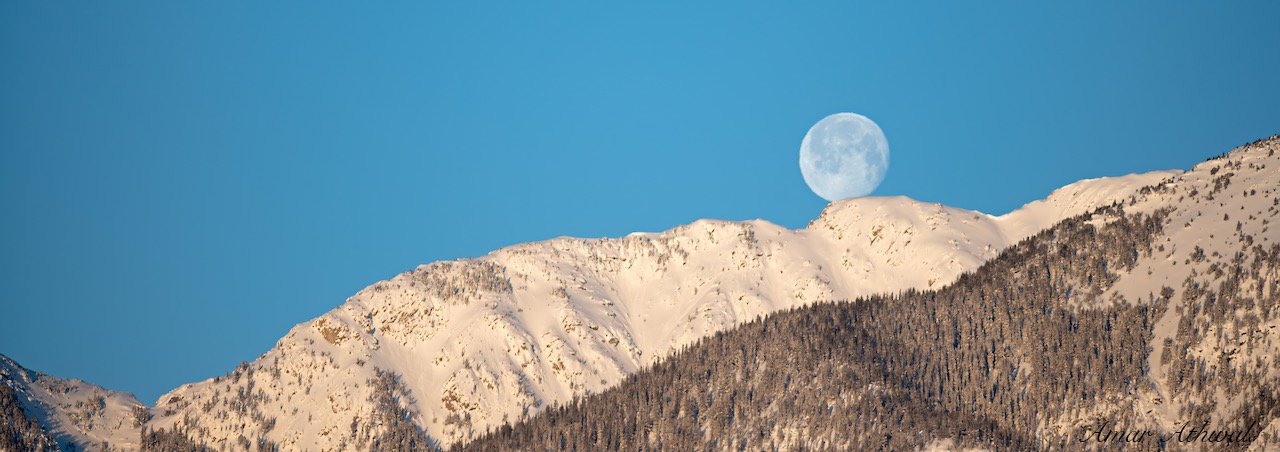The Moon is called “the Moon” because we did not know other moons existed until 1610, when Galileo Galilei discovered four moons going around Jupiter. If you have one single pea and a nickel, then you have a good comparison of the Moon’s size to the Earth. The Moon is 27 percent the size of the Earth, the fifth largest moon in our solar system. The Moon is the only natural satellite of our favorite planet Earth. They are tidally locked, and thanks to their rotation being so synced, we can only see one side of the Moon. And thanks to the moon, Earth is a more livable planet by controlling Earth’s wobble on it’s axis. Helping to produce a stable climate. What’s been happening the last few decades on Earth, the moon takes no blame for that.
The Moon takes 27.3 days to make one revolution around the Earth, but 29.5 days to change from a New Moon to a New Moon. The reason for that is, both are moving around the Sun, and due to the change of positions, the sunlight hits the Moon at a different angle on day 27.3 than it does on day zero. Two more days are needed for sunlight to hit the Moon in the same way it did on day zero.
Why does the Moon look bigger when it’s setting, as in the attached image, or when rising? It’s due to the Moon illusion, a trick our brains play on us.
It’s always interesting how we’re connected to the nature around us, but also what’s in space. Only 12 human beings have walked on the moon, but every human on Earth has benefitted from the Moon, providing a safer place to call home.
